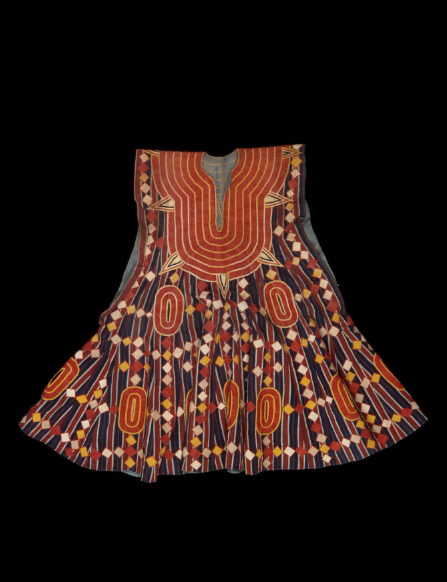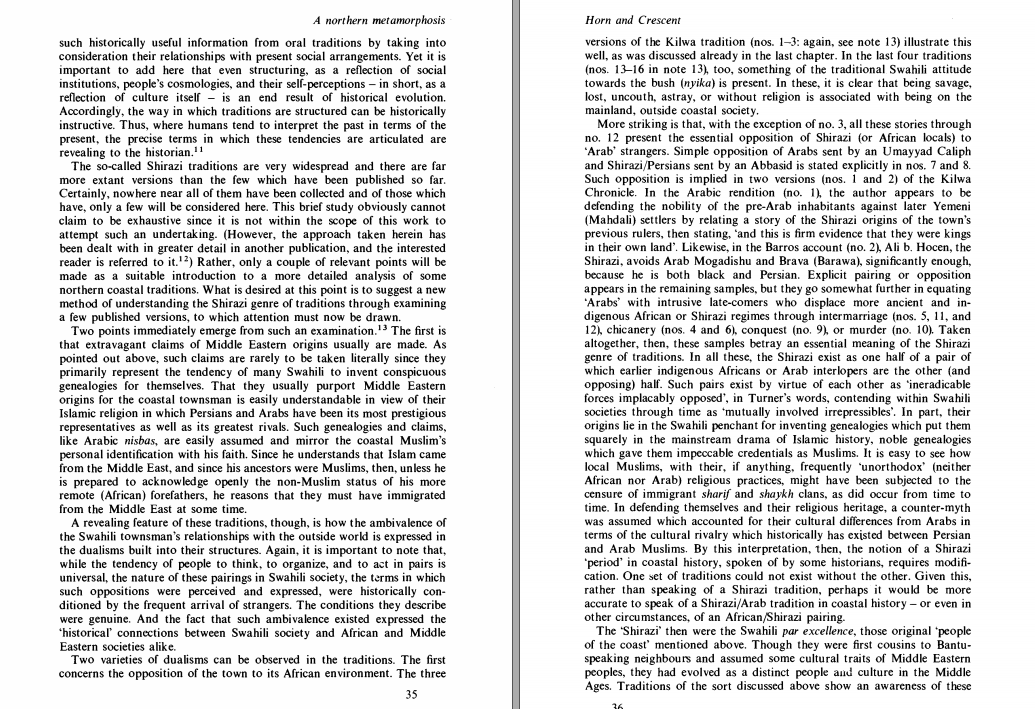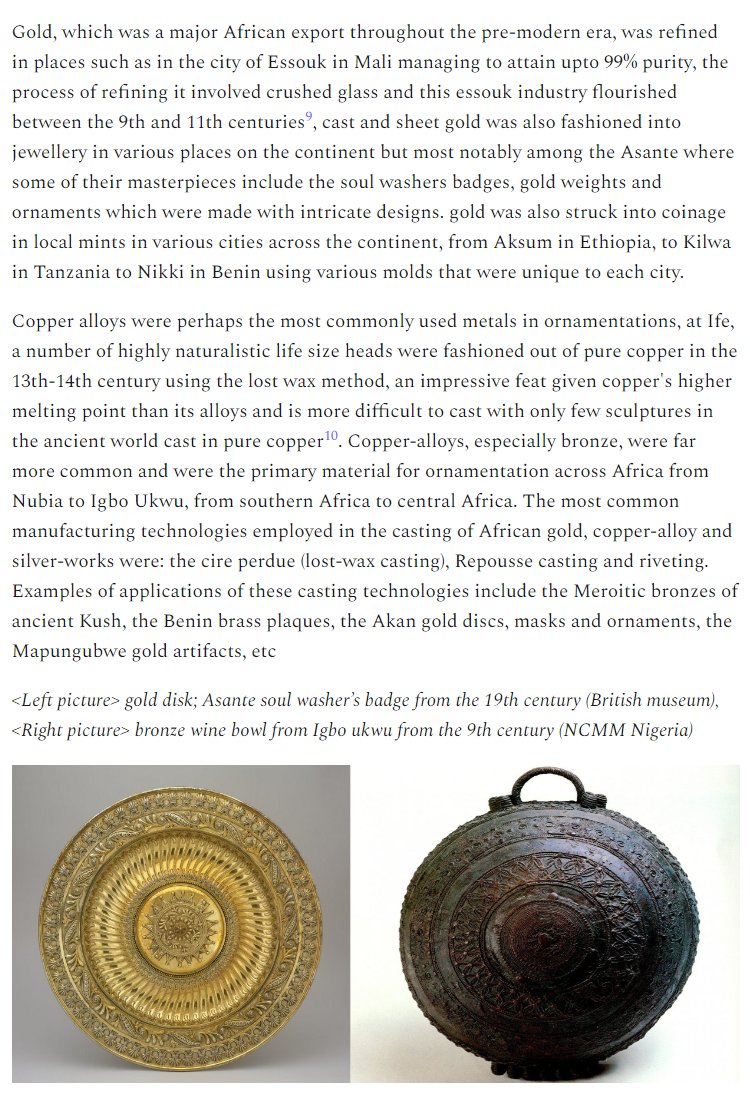
in 1500AD, the empires of Songhai and Kanem-bornu covered >2 million sq kilometers, ruling over 1/2
west Africa's population
my next article is on the response of peripheral states to these powers, esp. how the reforms of Kano's Rumfa guaranteed his city-state's independence
west Africa's population
my next article is on the response of peripheral states to these powers, esp. how the reforms of Kano's Rumfa guaranteed his city-state's independence
https://twitter.com/rhaplord/status/1048864054629085184

this is a combined map of Michael Gomez's Songhai empire (under Askiya Muhammad) and Dierk Lange's Kanem-Bornu under Mai Idris Alooma
(plus my bad photoshop skills 😂)
the size and population estimates are also based their calculations (1.4 m sqkm for songhai, 2/3 m for kanem)

(plus my bad photoshop skills 😂)
the size and population estimates are also based their calculations (1.4 m sqkm for songhai, 2/3 m for kanem)


for this peripheral perspective of imperial power, i was (partly) inspired by the comparisons made by Walter Scheidel on proportions of the population of east asia, middle east, south asia, and europe that were under the rule of one empire 







Walter's focused on why a state the size of rome was never formed again on the european mainland
the answers he offers provide some clues on why empires the size of Mali & Songhai were never replicated
in west Africa
the answers he offers provide some clues on why empires the size of Mali & Songhai were never replicated
in west Africa
the reforms of rumfa, part of a wider response to westfarican "peripheral" states made it difficult for later states to attain the imperial scale of songhai
counterfactuals of africa being unified on the eve of colonialism don't account for such responses
counterfactuals of africa being unified on the eve of colonialism don't account for such responses
https://mobile.twitter.com/rhaplord/status/1051453983158603776
• • •
Missing some Tweet in this thread? You can try to
force a refresh





















